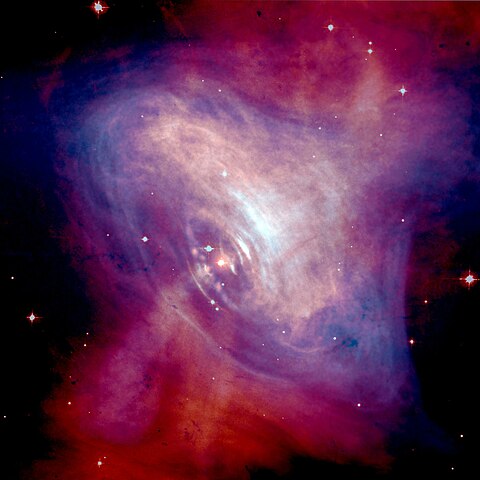'ScienceCasts
SN 1079C, a supernova, is thought to have “given birth” to the black hole because when stars more than 5 times as massive as the Sun “explode,” they are thought to leave behind compacted remains that can fall in on themselves until they attain near-infinite gravity in a zero volume. There are several opinions inherent in NASA’s conclusion to which Electric Universe advocates would object.
First, what is a supernova? As previous Picture of the Day articles have argued, stars do not age and die in the way that conventional understanding proposes. Stars are not globes of hot gas under pressure, they are composed of plasma. Plasma is ionized and is an electrically charged substance. Since it is ionized, it does not behave like a pressurized gas, so shock waves and gravitational instabilities are insufficient when it comes to explaining the birth and death of stars.

As Electric Universe theory states, a supernova is an exploding star, but not in the conventional sense. Rather, it constitutes the explosion of a double layer in plasma. The power comes from external electric currents flowing through vast circuits in space, so the radiation from stars is due to discharges that vary in strength. It is those electric arcs that make up the stellar corona, chromosphere and photosphere of our Sun, for instance.
Supernovae are the result of a stellar “open circuit” in the galactic power supply. The result is the same as sometimes occurs in high-voltage switching yards, with extensive arcing.
Source: thunderbolts.info